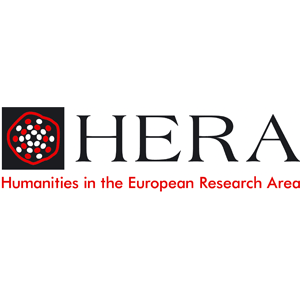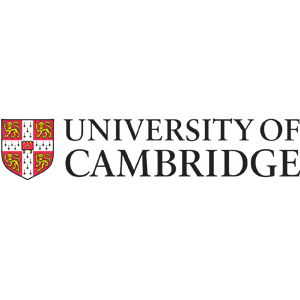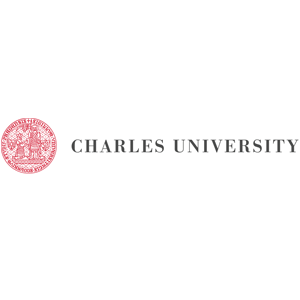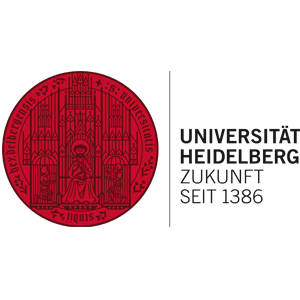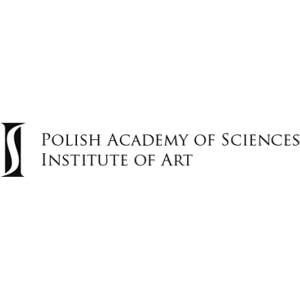News
2017: A Great Reformation Season for the Heidelberg SoundMe Team
Martin Luther, the (Protestant) Reformation, and music: combined, this constellation illustrates one of the most revealing “uses of history” in European musical culture. In order to commemorate the publication of Martin Luther’s Ninety-Five Theses (Disputation on the Power of Indulgences) on 31 October 1517, the Lutheran Church – in the centuries that followed – also relied on liturgical forms and musical means.
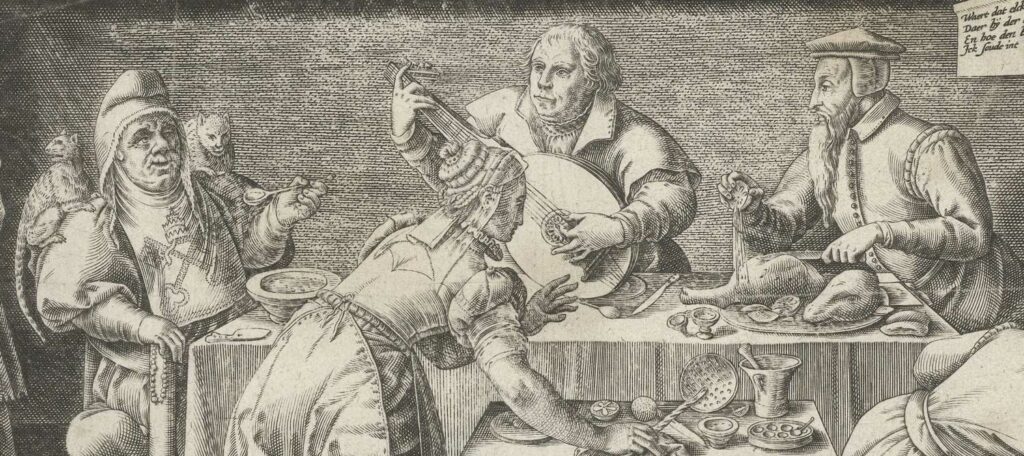
Detail from Anon., “Reasoning urging the churches to be tolerant”, ca. 1600-1624, Rijksmuseum Amsterdam, http://hdl.handle.net/10934/RM0001.COLLECT.442586
This can be seen from the first widely celebrated centenary in 1617. In 1617, texts like „Ein feste Burg “ and „Bewahr uns Herr” could be understood as battle hymns in a time of political turmoil, where the Roman Papacy was seen as a real menacing force. In 1717, the story is quite different; the core repertory of Lutheran songs became included in the festive liturgies in order to reinforce the stability of tradition.
In the 19th century, commemorations of the Lutheran Reformation (also of Luther’s life) included now well-established musical traditions in the search for national identity and affirmation – thus Lutheran hymns could adopt clearly nationalist overtones (something which is also the case in 1917, in the midst of the First World War).
And nowadays? In 2017, after a “Luther Decade” organized by the Evangelical Church in Germany (2007-2017, including also a “theme year” for music in 2012: in preparation for the fifth centenary, the celebrations in Germany have reached their peak. Included in these celebrations were countless concerts with music by composers active within the Lutheran church (like Heinrich Schütz and Johann Sebastian Bach), and also a musical production based on Luther’s appearance at the Diet in Worms.
Yet, it is interesting to observe to what extent Luther is often still portrayed as an innovator and highly influential individual. In a modern and pluralist society, one had probably expected more attention afforded to the regional diversity of early modern reform movements or the ‘non-innovative’ phenomena. For many reformers, who pleaded for a ‘re-formatio’, that is a re-establishment of the church, it was of course vital to show that they did not break with tradition.
For the Heidelberg team of SoundMe, this ‘Luther season’ nevertheless offered a splendid series of occasions where we could present our work in relation to tradition-keeping in Lutheran contexts, and discuss our ideas with colleagues from musicology and other disciplines.
For the interdisciplinary Winter School „Luther and the Arts“ (University of Tübingen, 4–6 October 2017), Inga Mai Groote contributed a keynote in which she underlined the different stances the early reformers took towards music and recalled that the intention was often not that of a radical break. At the same meeting, Christine Roth presented her work in discussing several layers of tradition in the transmission of sacred musical repertory. It was interesting to see during the event that, in art history especially, similar ambivalences between the continuous uses of tradition and innovation still stimulate discussions among researchers.
Christine Roth also gave a paper on her current research at the international conference “Das musikalische Erbe der Reformation” (Augsburg, 16 June 2017) and at the joint early music research seminar of the Musicological Institutes of Mainz and Weimar-Jena (12 May 2017), where she addressed the role of historiography and tradition-building in hymn collections.
Inga Mai Groote was invited to give a keynote for the Lutheran Music Conference (Uppsala University, 14-16 September 2017) on “Melanchthonian Models for Music’s Role in Society”. Melanchthon contributed some highly influential elements to the typical ‘Lutheran’ attitude towards music, and also stressed the links with ancient philosophy and early Christian traditions. At another symposium, directed to a non-specialist public („Deutsche Humanisten, Martin Luther und die Macht der Medien”, organized by Mannheimer Altertumsverein 1859, 22 September 2017), she gave a talk on the role of Protestant hymns, discussing re-uses of contrafacta and musical arrangements that illustrated the role of these melodies and texts in the constitution of a musical collective memory.


